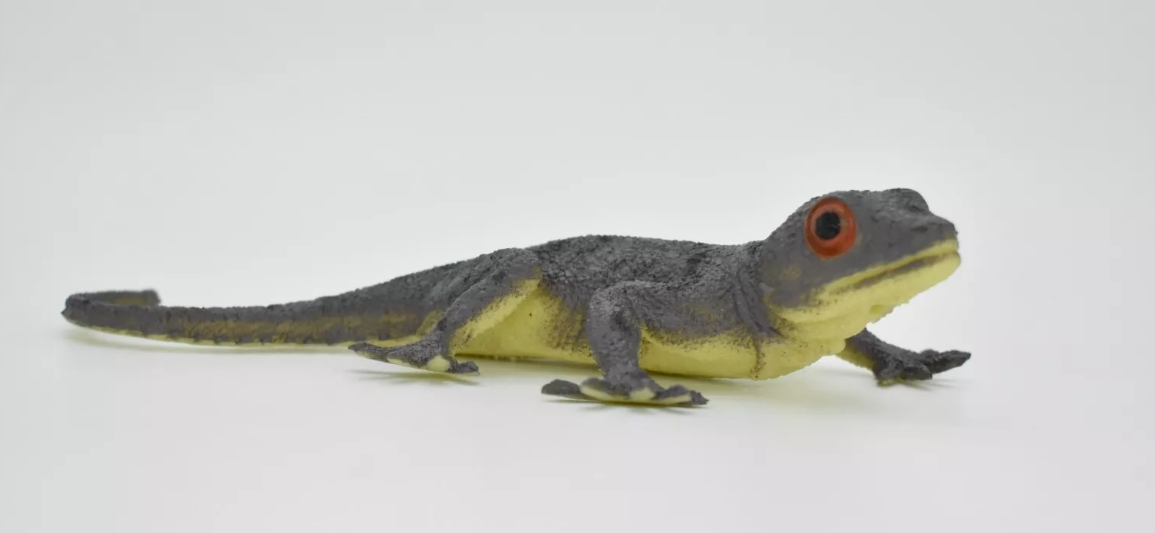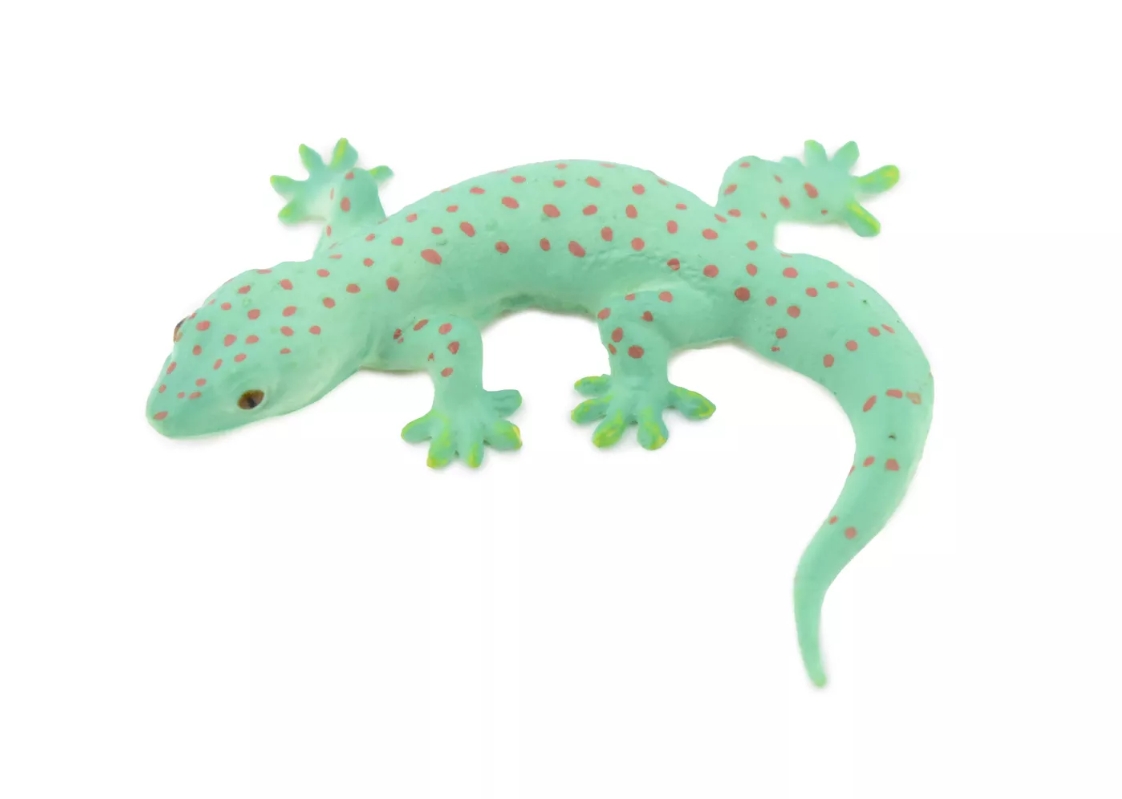The gecko model is a highly representative bioheuristic design for understanding and solving problems in a variety of complex systems. The model stems from the unique adhesion ability of geckos, which are able to climb on smooth surfaces with ease, mainly due to the microstructure of their feet. The weak attraction between the tiny hair-like structures on the soles of geckos' feet and the surface allows them to move freely in many different environments.
The core concept of the gecko model is to mimic the adaptability of creatures found in nature, especially the flexibility and innovation shown in the face of challenges. This model emphasizes the relationship between structure and function, reflecting the efficient mechanisms that organisms have developed over the long course of evolution. In the field of design and engineering, gecko models are used to develop new materials and structures to improve adhesion and stability. For example, the combination of nanotechnology and materials science has allowed engineers to create biomimetic materials similar to gecko feet that perform well in medical care, transportation, construction, and more.
In addition to its application in the field of physics, the gecko model is also widely used in other scientific fields. In ecology, researchers draw on the adaptation mechanisms of geckos to explore the interactions between organisms and their environment to better understand the dynamic balance of ecosystems. In the social sciences and economics, the gecko model also provides insights into how to find solutions in complex systems, emphasizing the importance of flexibility, adaptability, and innovation.
In practical application, the first step of the gecko model is to observe and analyze the structure and behavior of the gecko and identify the advantages it exhibits in a particular environment.




